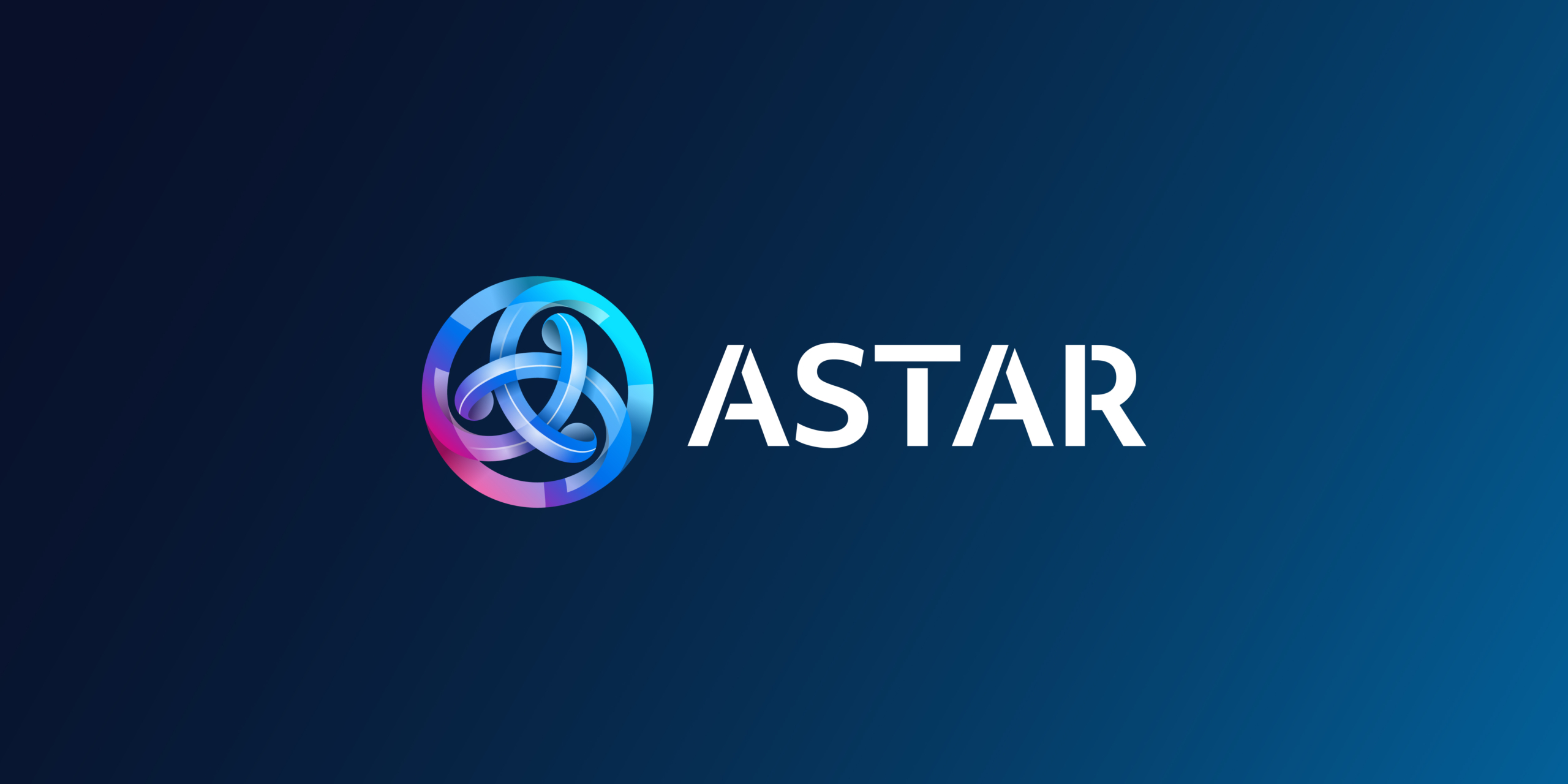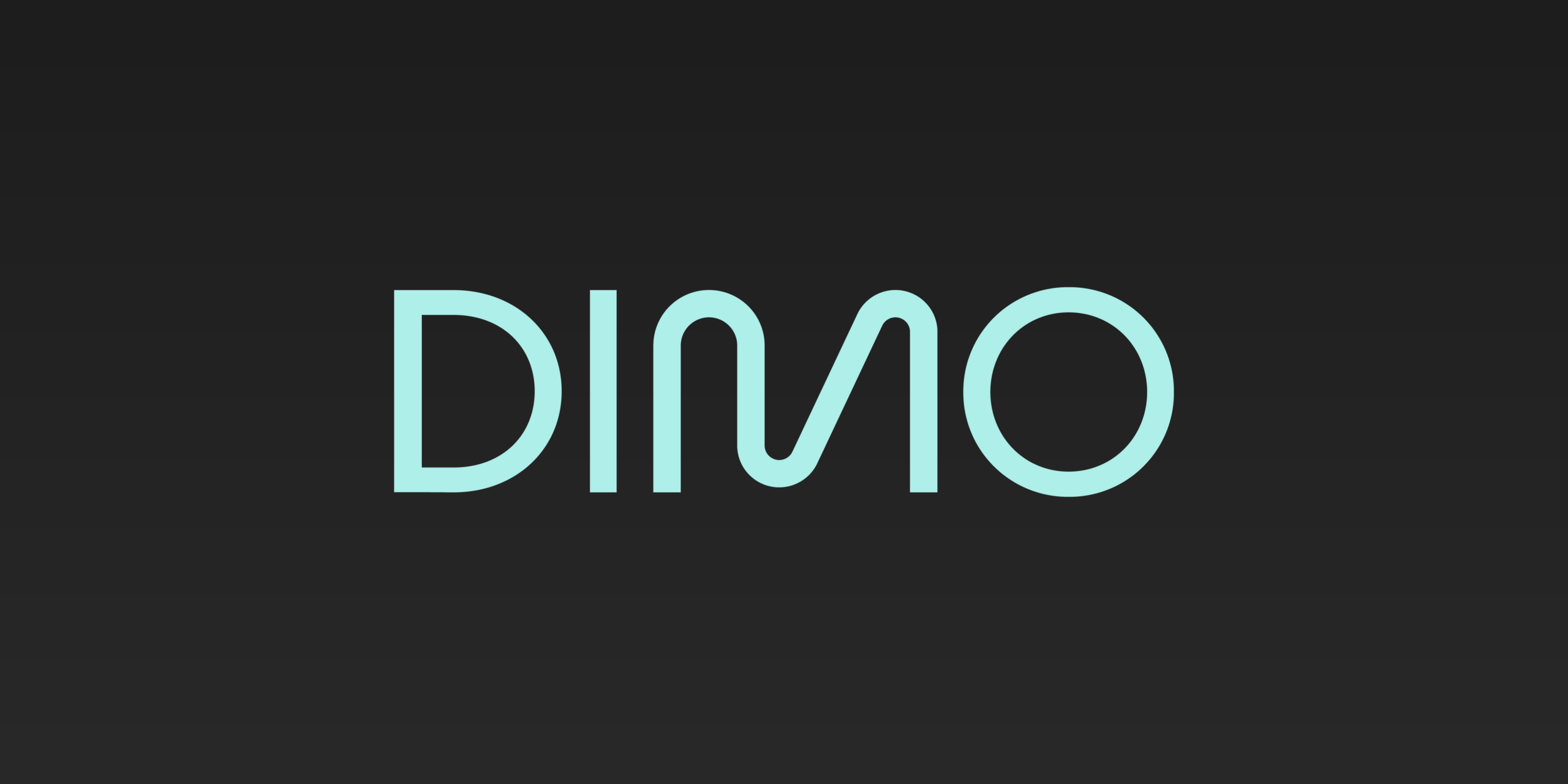Introduction
Astar Network, emerging from Japan and forming a part of the Polkadot ecosystem, represents a significant stride in the blockchain world. It boasts a potent integration between the Ethereum Virtual Machine (EVM) and WebAssembly (Wasm) through its proprietary Cross-Virtual Machine. Operating on Substrate and using Polkadot’s shared security, the network has positioned itself for the future, enhancing user experience by prioritizing interoperability and scalability. The linchpin of this ecosystem is the Astar token (ASTR), which has wide-ranging applications, from dApp staking to transaction fees and governance.
Innovation
Astar brings to the table multiple innovations:
- Cross-Virtual Machine (XVM): A groundbreaking bridge connecting EVM and Wasm, catering to a diverse developer community.
- dApp Staking: A novel method that compensates dApp developers, promoting and incentivizing quality dApp design and deployment.
- Proxy Accounts: A multi-tiered security approach providing distinct levels of permissions for delegated accounts.
Astar Network Architecture
Built upon the Substrate framework, Astar utilizes the ss58 address format, an evolution of Bitcoin’s Base-58-check. This, in tandem with Ethereum’s H160 address compatibility, ensures wide-ranging flexibility.
Code Quality
The network underlines the importance of premium code quality. Emphasizing comprehensive documentation, in-depth testing, and constant maintenance, the Astar project showcases commendable coding practices. The code reflects clarity through its comments, is well-tested for robustness, and has been crafted for long-term maintainability.
Product Roadmap
While this review doesn’t delve into the detailed plans of Astar, it’s worth noting the continuous development of features like XCM. The project is in a state of dynamic evolution, adapting and growing to meet the demands of a rapidly changing blockchain landscape.
Usability
The platform is user-centric, offering support for both EVM and Wasm, supplemented by tools such as SDKs and APIs. This makes it highly adaptable for both regular users and infrastructure-focused projects.
Astar Network Team
The team behind Astar is not just significant in numbers but also ambition. Actively contributing to open-source initiatives, they exhibit both their expertise and commitment. With leadership like @WatanabeSota and @henskensm, the network seems well-poised for growth and innovation.
Conclusion
Astar Network, while being Japan’s prime smart contract platform, appears poised for global recognition. Its unique Build2Earn program for developers and its strong affiliations with top Japanese corporations and the government promise a robust and forward-looking Web 3 culture. However, as with all technological ventures, its long-term success will depend on its adaptability, consistent innovation, and ability to meet the challenges of an ever-evolving digital world.
| Initial Screening | |||
| Keep researching | |||
| Does this project need to use blockchain technology? | Yes | ||
| Can this project be realized? | Yes | ||
| Is there a viable use case for this project? | Yes | ||
| Is the project protected from commonly known attacks? | Yes | ||
| Are there no careless errors in the whitepaper? | Yes | ||
| Project Technology Score | |||
| Description | Scorecard | ||
| Innovation (Out Of 11) | 10 | ||
| How have similar projects performed? | Good | 2 | |
| Are there too many innovations? | Medium | 1 | |
| Percentage of crypto users that will use the project? | Over 11% | 5 | |
| Is the project unique? | Yes | 2 | |
| Architecture (Out of 12) | 9 | ||
| Overall feeling after reading whitepaper? | Good | 2 | |
| Resistance to possible attacks? | Good | 2 | |
| Complexity of the architecture? | Not too complex | 2 | |
| Time taken to understand the architecture? | 20-50 min | 1 | |
| Overall feeling about the architecture after deeper research? | Medium | 2 | |
| Has the project been hacked ? | No | 0 | |
| Code Quality (out of 15) | 15 | ||
| Is the project open source? | Yes | 2 | |
| Does the project use good code like C,C++, Rust, Erlang, Ruby, etc? | Yes | 2 | |
| Could the project use better programming languages? | No | 0 | |
| Github number of lines? | More than 10K | 1 | |
| Github commits per month? | More than 10 | 2 | |
| What is the quality of the code? | Good | 2 | |
| How well is the code commented? | Outstanding | 2 | |
| Overall quality of the test coverage? | Outstanding | 2 | |
| Overall quality of the maintainability index? | Outstanding | 2 | |
| When Mainnet (out of 5) | 5 | ||
| When does the mainnet come out? | Mainnet Ready | 5 | |
| Usability for Infrastructure Projects (out of 5) | 5 | ||
| Is it easy to use for the end customer? | Yes | 5 | |
| Team (out of 7) | 7 | ||
| Number of active developers? | 5+ | 2 | |
| Developers average Git Background? | Senior | 2 | |
| Developers coding style? | Outstanding | 3 | |
| Total Score (out of 55) | 51 | ||
| Percentage Score | |||
| Innovation | 18.18% | ||
| Architecture | 16.36% | ||
| Code Quality | 27.27% | ||
| Mainnet | 9.09% | ||
| Usability | 9.09% | ||
| Team | 12.73% | ||
| Total | 92.73% |





